By Michael Edmondstone
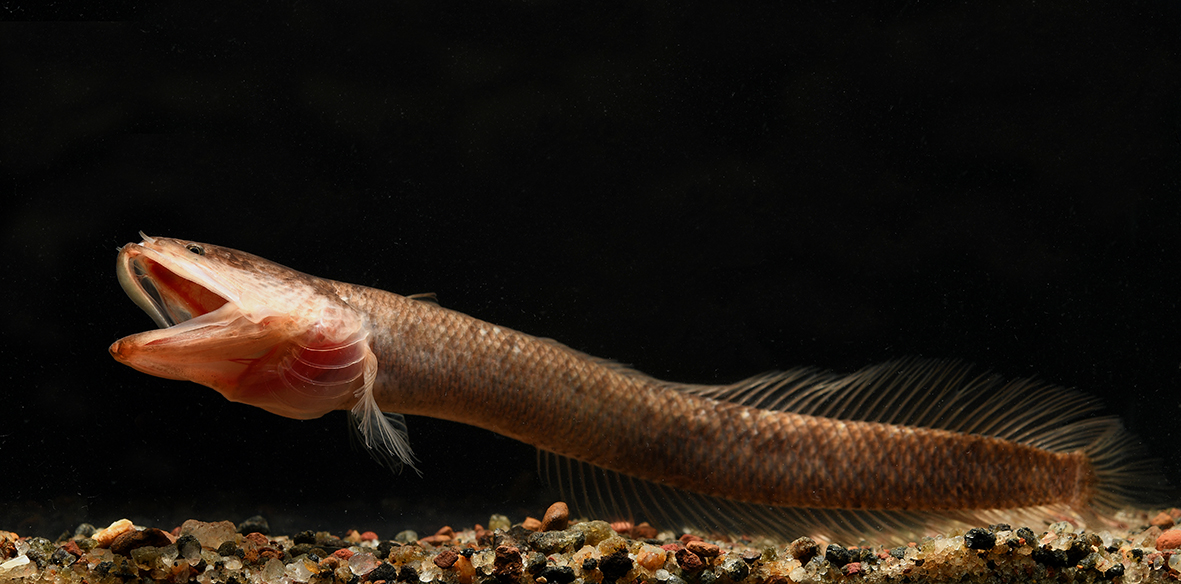
August 2018, in Oorakam in the southern Indian state of Kerala, local fish hobbyist Ajeer spotted three strange-looking fish in one of the paddy fields surrounding the village. Long, dragon-like bodies framed by bony fins, the creatures looked different to anything Ajeer had seen before. He put some photos on social media and asked if anybody could help identify the species.
It was not long before the images reached the desk of freshwater conservationist Rajeev Raghavan. Rajeev was intrigued by the species: he did not recognise it and knew it called for further investigation, so he contacted Ajeer and sent his team into the field, where they were able to collect live samples.
Back in the lab, Rajeev examined the fish and concluded it must be a hitherto unrecognised species of snakehead. To be certain, he shared some high-quality images with Ralf Britz, one of the world’s leading authorities on snakeheads. Ralf previously discovered the Dracula fish in the peat swamps of Southeast Asia and according to Rajeev: “has worked on some really strange fish”. This, though, was “stranger than any fish he had seen in his life”.
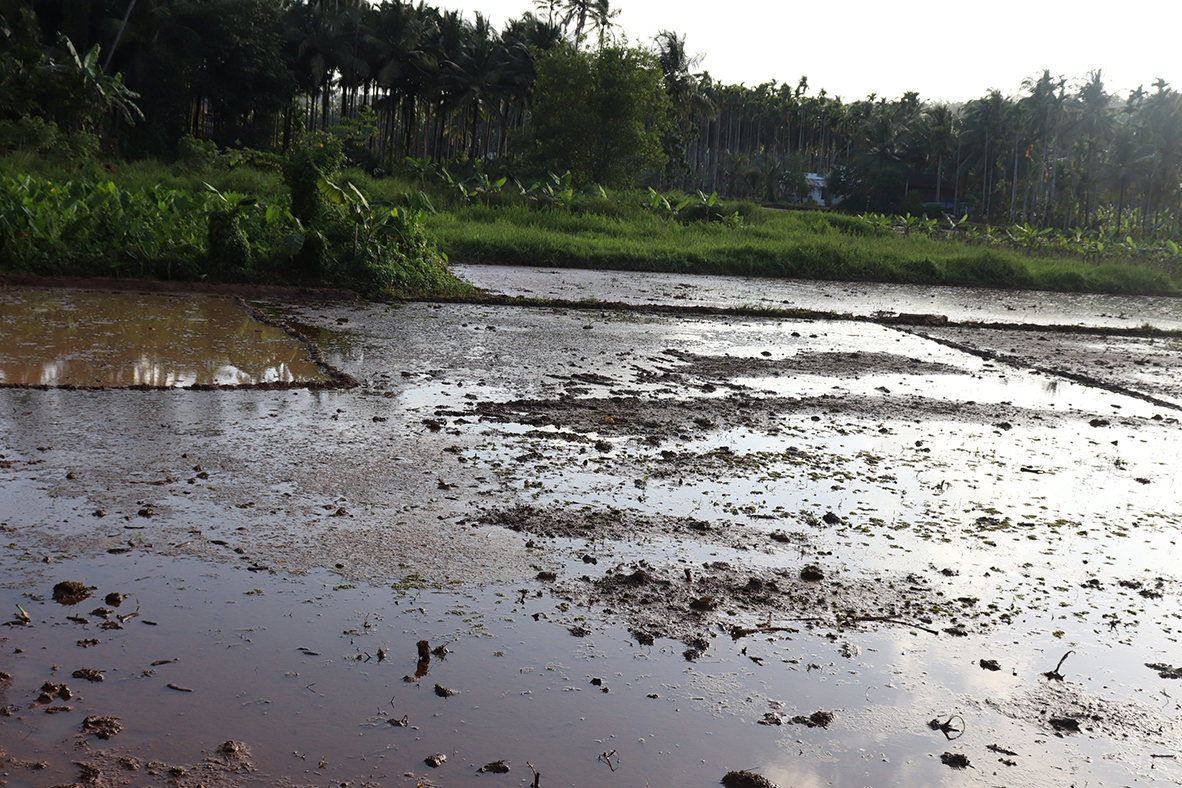
As the researchers suspected, the fish was new to science. They named it the ‘Gollum snakehead’ as it is a subterranean creature, spending most of its life underground like the slippery character in The Lord of the Rings.
But the discovery had bigger implications than simply being a new species. Another snakehead species – the Mahabali snakehead – had also been collected in Kerala a few months before and was published as a new species after the Gollum snakehead had been described. Rajeev, Ralf and an international team of ichthyologists recognised many clear similarities between the Gollum and the Mahabali, and proved that not only were the two species new to science, they were actually members of a whole new family of fish.
Rajeev: “We looked at the fish in detail – its morphology, anatomy and DNA, even analysed its mitochondrial genome and found that it was a completely unique family that is an ancestor to the family of snakeheads that currently dwell in Africa and Asia.”
The family was named Aenigmachannidae. And it is old. Really old.
“We looked at its molecular dating and its origin was traced back to 100 million years, when the Gondwana supercontinent was in existence.”
That puts the evolution of the Aenigmachannidae family squarely in the Cretaceous period, when the largest animals ever to walk the planet still ruled. Incredibly, the Gollum snakehead and most likely the Mahabali snakehead species are older than Tyrannosaurus Rex.
Rajeev again: “We hypothesise that the fish evolved in Gondwana and drifted along with the Indian subcontinental plate across the oceans before hitting the Eurasian continent, and then it got trapped in the subterranean systems and didn’t evolve for the last hundred million years – it has these very primitive characters not seen in other snakehead fish”.
Due to the difficulties of researching a species the lives underground, not much is yet known about their natural behaviour. But through observing a group of the fish maintained in an aquarium, Rajeev and his team have noted displays of territorial aggression not seen in other snakeheads. The fish are also unselective about what they eat: “It eats aggressively. We first started with live feed, e.g. bloodworms, earthworms, live shrimp, and they even take live fish: whatever we’ve tried to feed them, it chomps everything up”.
Potential threats to the family:
Kerala is blessed with an abundance of bizarre subterranean fish, with ten species that are not found anywhere else in the world.
But they face multiple anthropogenic threats.
Due to the majority of these species living in areas of human habitation, there is a high likelihood that the paddy fields and land under which the fish live will be developed, leading to habitat loss.
The fish’s novel appearance means most locals do not recognise them and fear they may be poisonous and harmful to the water that they drink. There is thus a tendency for the locals to kill them.
A third pressure is that of invasive species. According to Rajeev: “People introduce invasive species like the African catfish into the wells. It serves no purpose and we don’t yet know how it can harm these very unique fish.
“There is a range of threats we need to address, so I think we need to have a very organised, systematic education programme aimed at the regions where these subterranean species are found, making people aware of the importance and uniqueness of these organisms and the endemic wealth of these communities”.

What would be the best way to educate the locals?
Rajeev says it is by: “Mapping the areas where the fish are likely to be found, and then working with local governments at the village level and working through educational material to show them the kinds of fish which may come to their notice, and asking them to save those fish for scientific study, and for future generations, instead of killing them”.
And the conversation between scientists and locals works both ways: “All of these discoveries are made as a result of seeing photographs circulated on social media. Before the scientists come into contact with them, it is the local people who come into contact with them, so citizen science I think is key to the long-term research and conservation of these unique organisms. People are the key not only for conserving them but also for bringing these unique organisms to the attention of scientists”.
Finally, what comes next for the Aenigmachannidae?
Rajeev and the team aim to learn more about their ecology and biology. They will use small tags to learn more about where the creatures live, what organisms they feed on, and how they behave. They are also trying for an ex-situ captive breeding programme, so watch this space!
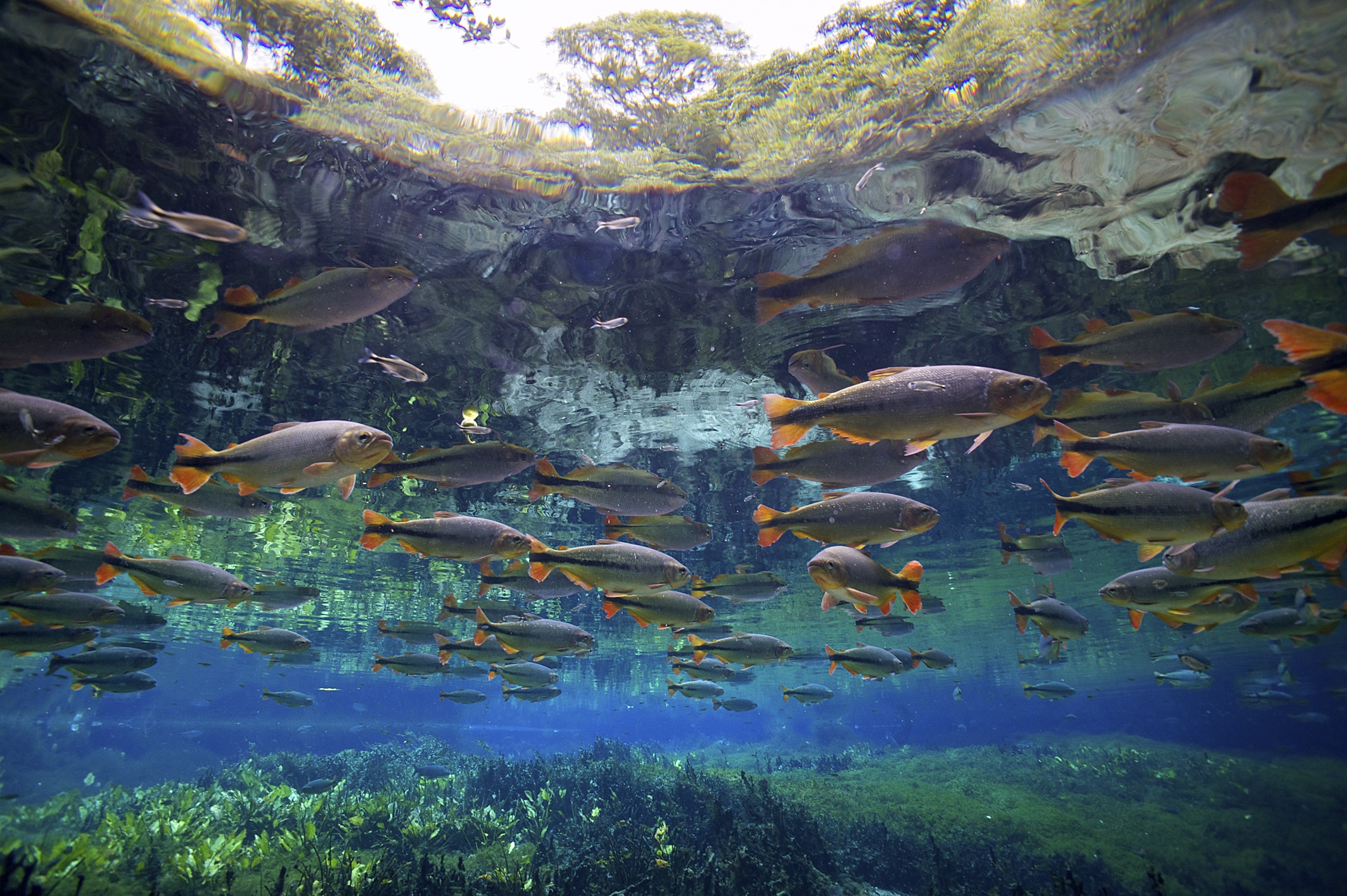
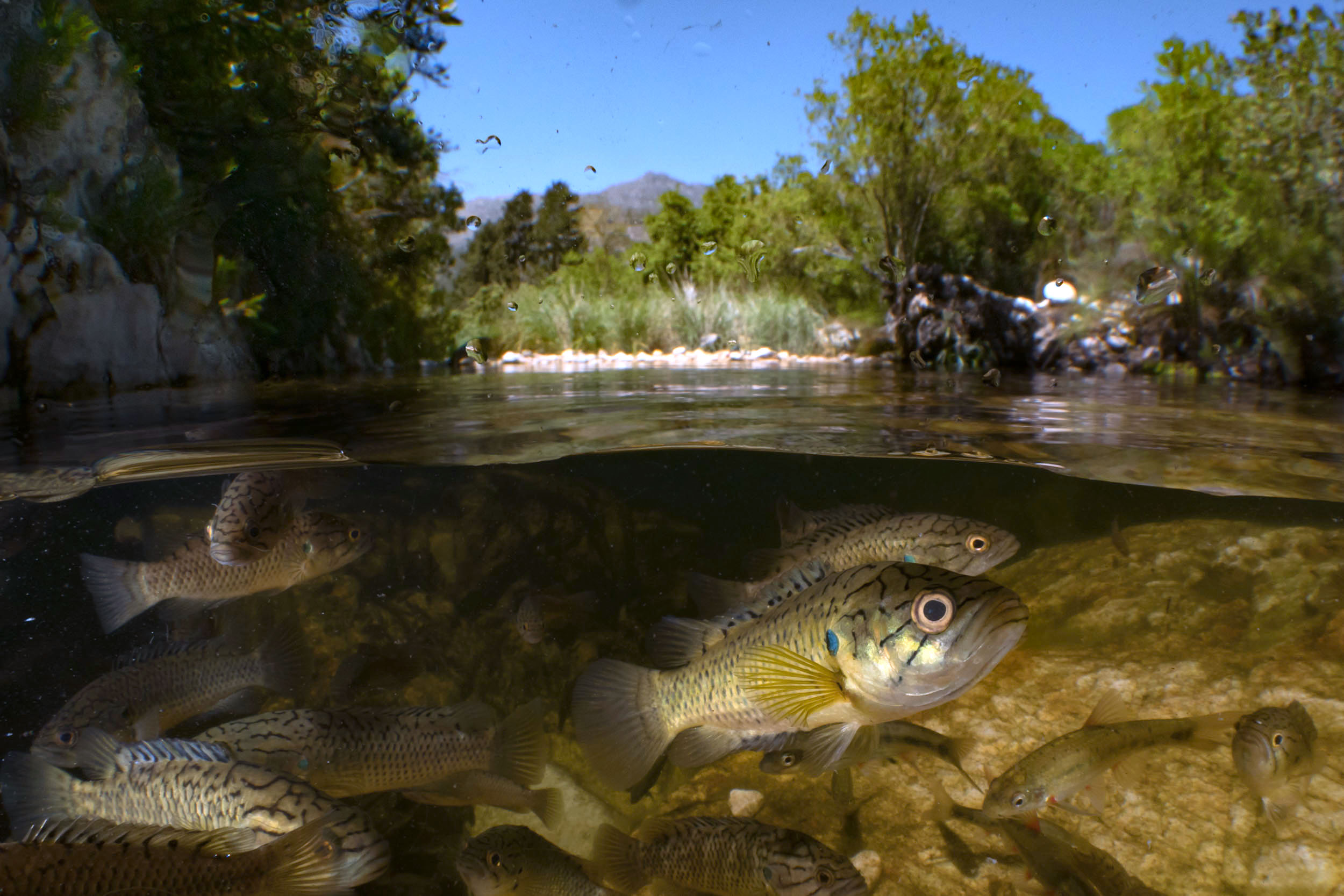
)
)
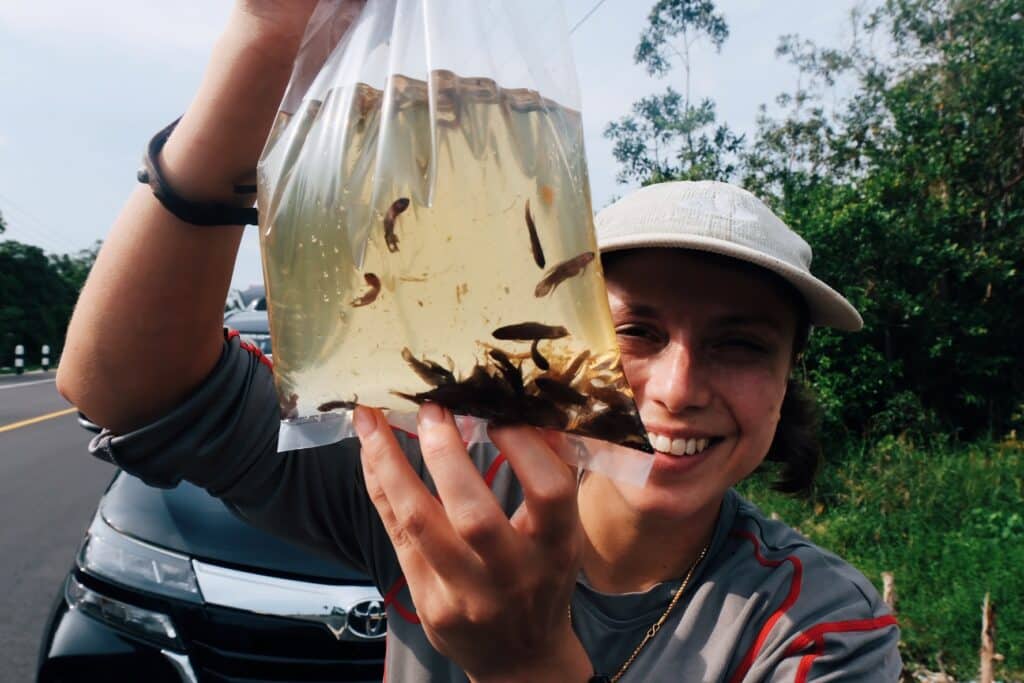)

)